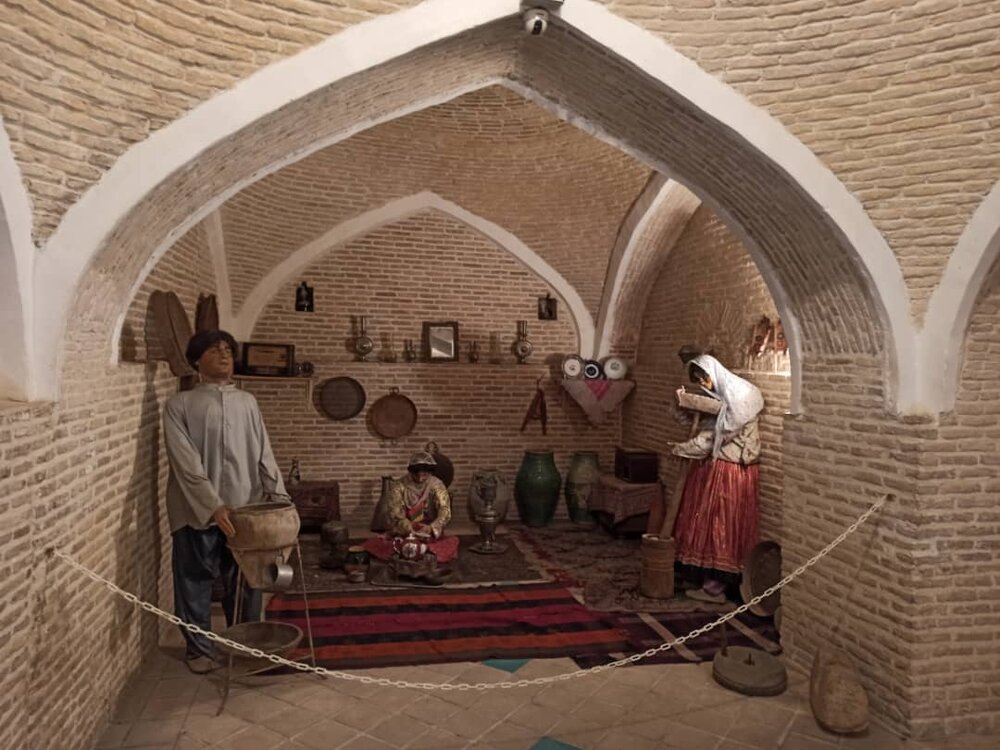Dezful Museum of Anthropology reopens as pandemic eases

TEHRAN – Dezful Museum of Anthropology reopened to visitors on Monday after about two years of closure caused by the coronavirus pandemic.
Located in and named after the southwestern Iranian city in Khuzestan province, the museum features indigenous human cultures, societies, and linguistics, the city’s tourism chief Abbas Cheraghcheshm has said.
It also has sections dedicated to literature, handicraft products, and a photography studio, the official announced on Tuesday.
Covering an area of 880 square meters, the museum is located in the historical Kornasiyon Public Bathhouse since 2006. The bathhouse dates back to 200 years ago, the early Qajar era.
Museums at forefront of closures
Last November Mohammadreza Kargar, the director of museums and historical properties at the tourism ministry announced that Iranian museums have taken 1.7 trillion rials (some $42 million at the official exchange rate of 42,000 rials per dollar) hit from the coronavirus outbreak over the previous months.
If the country was in normal condition, the museums would host over 25 million visitors, but now they have faced a huge loss as there is almost no visitor to the museums, he noted.
In October former Cultural Heritage, Tourism, and Handicrafts Minister Ali-Asghar Mounesan warned that Iran’s cultural heritage and tourism will be in a critical situation if the crises are caused by the outbreak of the coronavirus continue. With the outbreak of the coronavirus, museums were at the forefront of closures and for several months now, they have not had any revenue from the sale of tickets, Mounesan explained.
Currently, 740 museums are active across Iran, in which some three million historical objects are being kept. The county is home to one of the world’s oldest continuous major civilizations, embracing settlements dating back to 4000 BC. It also hosts some of the world’s oldest cultural monuments including bazaars, museums, mosques, bridges, bathhouses, madrasas, gardens, rich natural, rural landscapes as well as 26 UNESCO World Heritage sites.
ABU/AFM

Leave a Comment